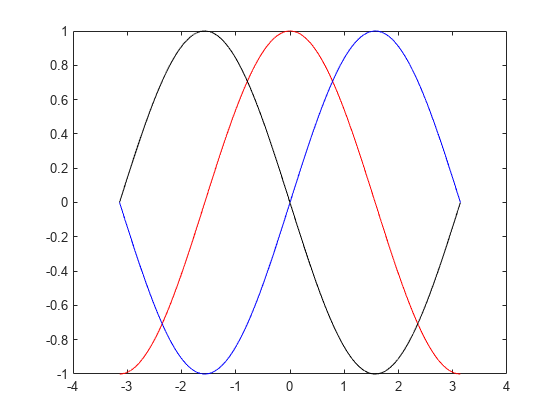diff
Differences and approximate derivatives
Description
Y = diff(X)X along the
first array dimension whose size does not equal 1:
If
Xis a vector of lengthm, thenY = diff(X)returns a vector of lengthm-1. The elements ofYare the differences between adjacent elements ofX.Y = [X(2)-X(1) X(3)-X(2) ... X(m)-X(m-1)]
If
Xis a nonempty, nonvector p-by-m matrix, thenY = diff(X)returns a matrix of size (p-1)-by-m, whose elements are the differences between the rows ofX.Y = [X(2,:)-X(1,:); X(3,:)-X(2,:); ... X(p,:)-X(p-1,:)]
If
Xis a 0-by-0 empty matrix, thenY = diff(X)returns a 0-by-0 empty matrix.If
Xis a p-by-m table or timetable, thenY = diff(X)returns a table or timetable of size (p-1)-by-m, whose elements are the differences between the rows ofX. IfXis a 1-by-m table or timetable, then the size ofYis 0-by-m. (since R2023a)


